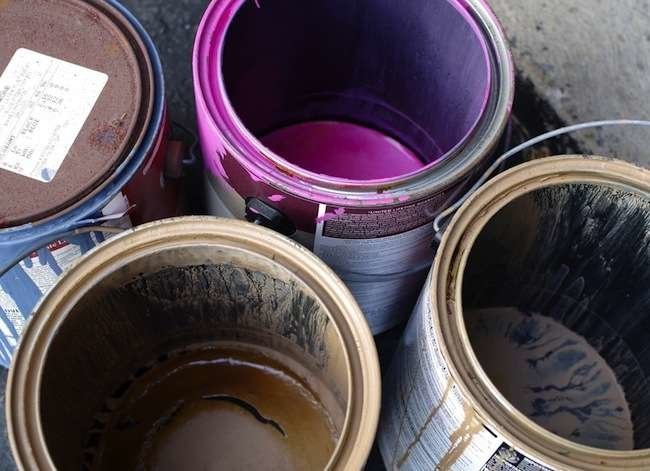We may earn revenue from the products available on this page and participate in affiliate programs. Learn More ›
Batteries
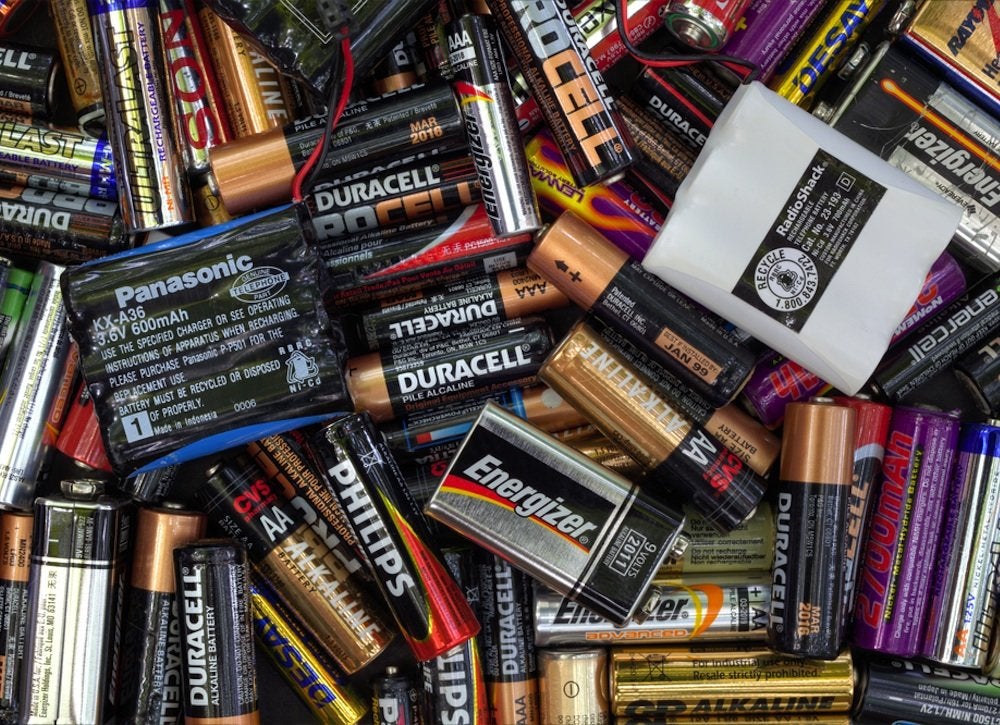
Most batteries contain small amounts of hazardous chemicals—including mercury and lead—that can contaminate the environment. The best way to dispose of batteries is to find a hazardous waste drop-off site near you. Leaking batteries can be corrosive, so take care by wearing rubber gloves and placing them in plastic bags prior to disposal.
Light Bulbs
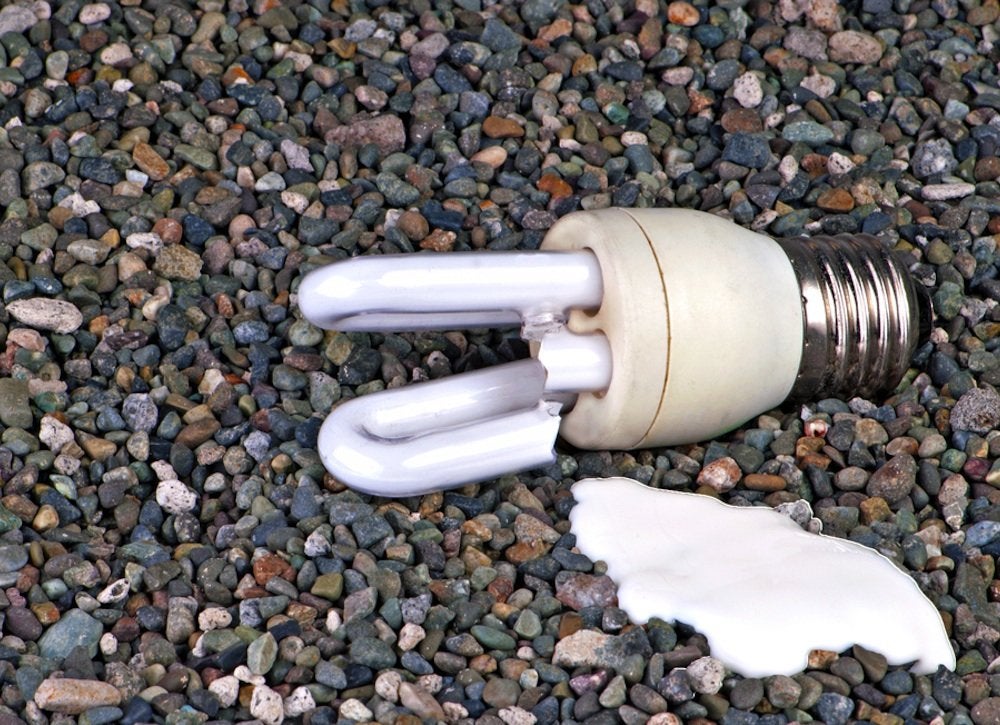
Tossing energy-efficient CFL bulbs into the trash is a bad idea; they are classified as hazardous waste and can release dangerous amounts of mercury into the environment. Many communities have special household hazardous waste collection events where old bulbs can be dropped off. Handle broken bulbs with extra care, and use tape to clean up broken pieces before placing them in double plastic bags.
Cellphones
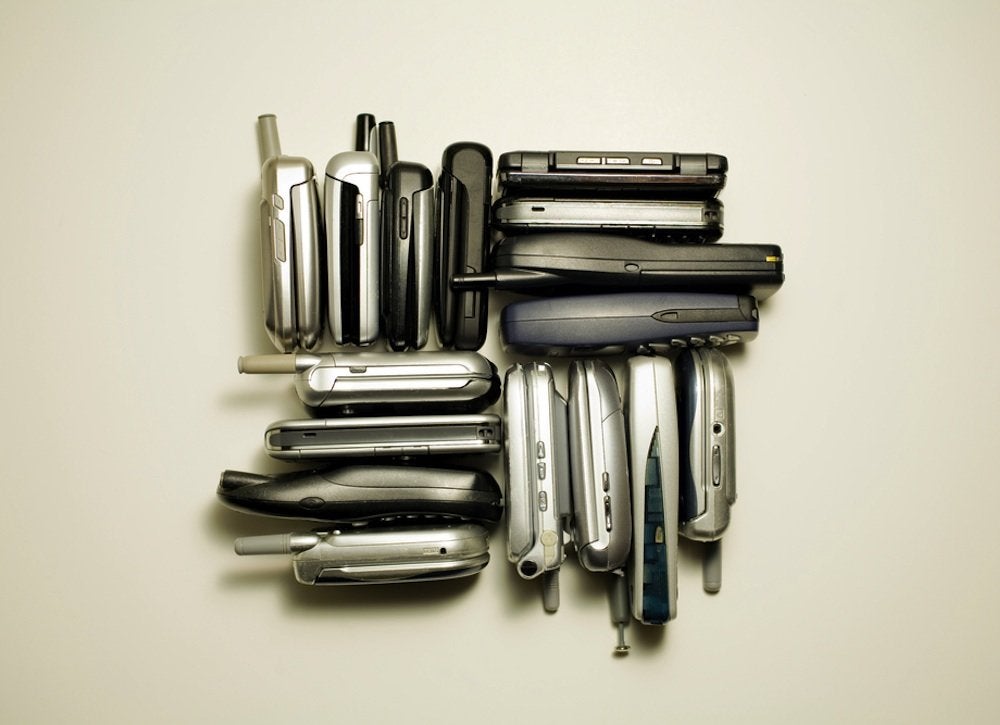
If you’re due for an upgrade, you may be able to turn in an old cellphone and receive a credit toward a new one—or maybe you’d like to donate it to a charity instead. Whatever you decide, make sure to remove all personal information like phone numbers, addresses, passwords, and text messages; many devices have a “factory reset” function that wipes nearly all the memory for you.
Related: Hello, Homeowners: The 8 Most Useful Apps for Your Phone
Computers
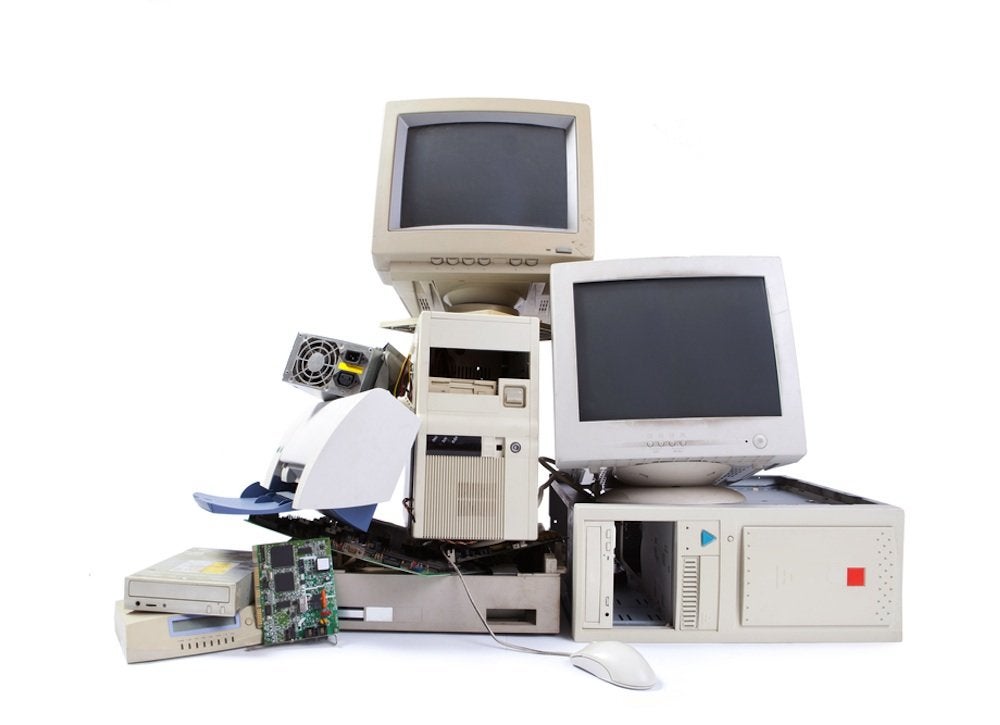
Before getting rid of a computer, you must destroy your old data; simply deleting your files is not enough. You can use a free utility program like Darik’s Boot and Nuke (DBAN) that will overwrite your hard drive, making the data unrecoverable. Or if demolition is more your style, you can remove the hard drive and physically destroy it with a hammer. Because computers contain toxic levels of mercury, lead, and arsenic, it’s important to dispose of them at an authorized electronics recycling center.
Medicine
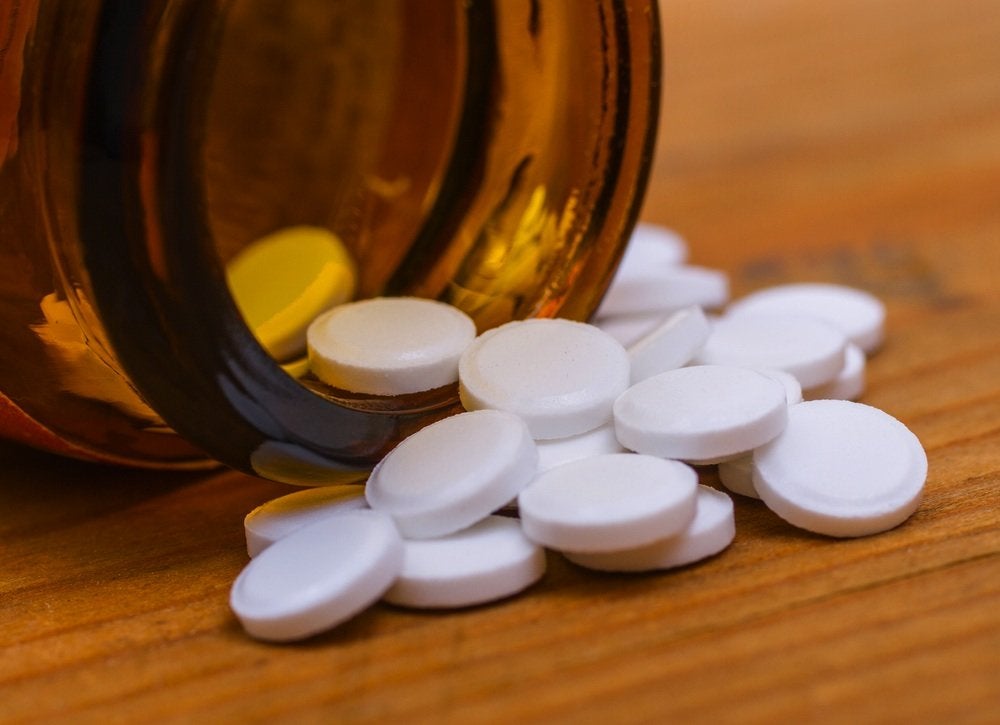
Ever heard that you should never flush an old prescription down the toilet? It’s a good rule of thumb; many drugs contaminate the water supply that way. Instead, pour medication into a sealable plastic bag, add kitty litter or coffee grounds to make the solution less appealing to pets and children, and then seal the bag and trash it. Your local drugstore may play host to regular disposal events, so keep an eye out for announcements.
Paint
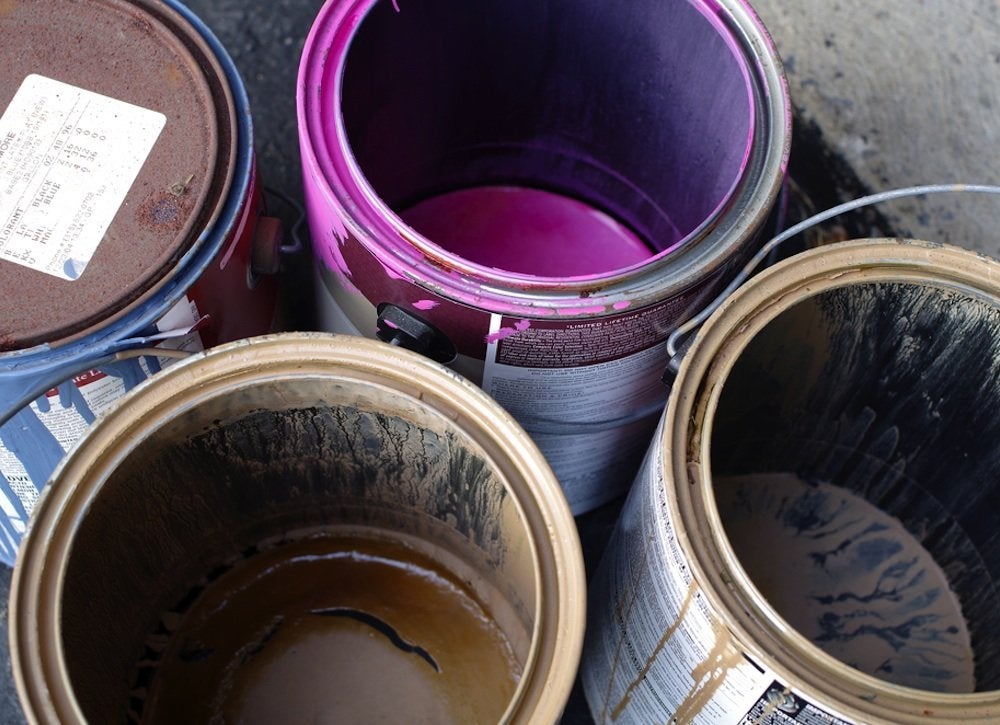
Most painting projects leave you with a small amount of leftover paint. The best idea is to use it—maybe for a second coat or a small-scale project like an accent table. If you can’t find a use for it, properly dispose of latex paint by mixing the last bit in the can with kitty litter or paper scraps. Leave the lid off until the paint dries, then throw out the can with the trash. Take leftover oil-based paint to a hazardous waste facility.
Gasoline
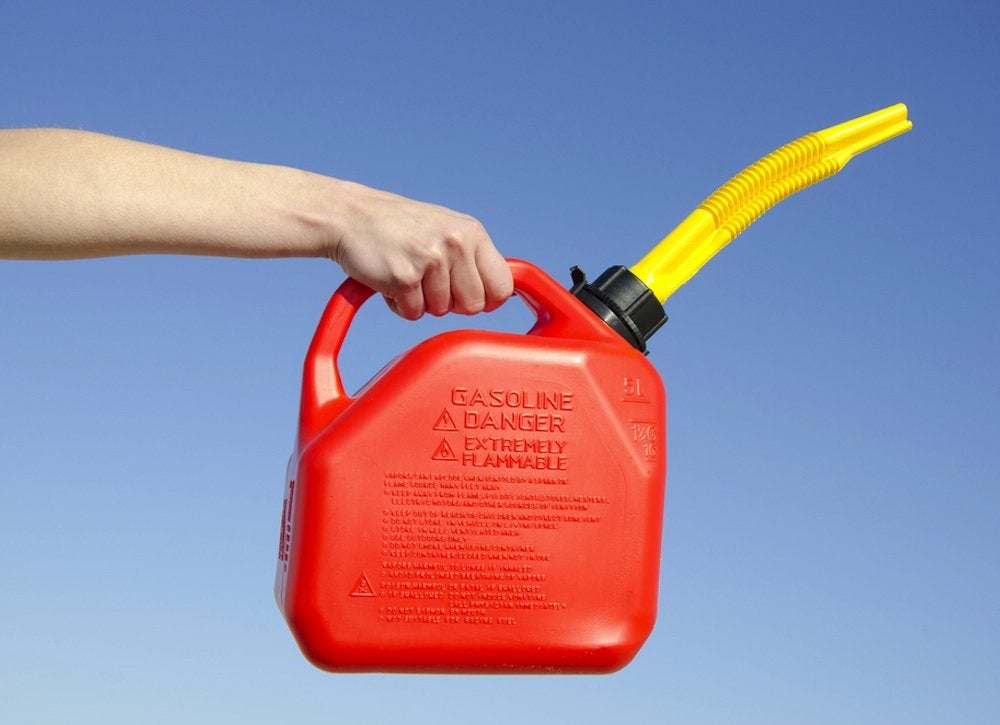
The best way to get rid of old gasoline is to use it in small amounts in a lawn mower or other gas-powered tool. If that’s not an option, you may be able to dispose of it at a local automotive repair shop or hazardous waste management company. Never dispose of gasoline by pouring it into the soil, storm drain, or garbage; this is dangerous and illegal.
Mattresses
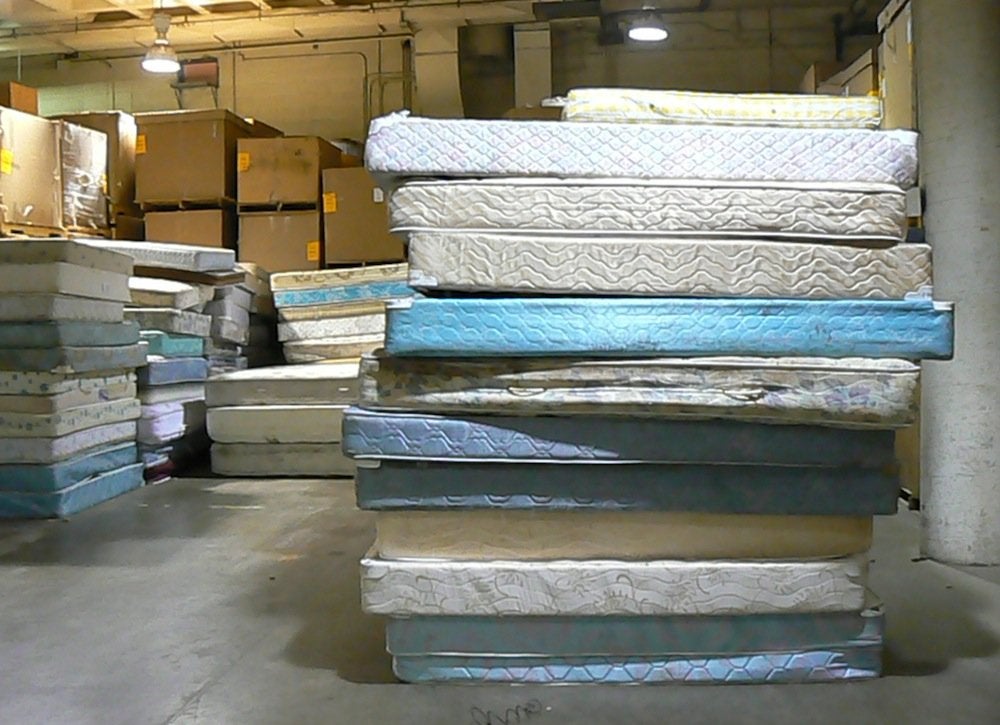
Even the biggest and most unwieldy furnishings eventually wear out, but chances are your garbage collector won’t pick up these discards from the curb. Municipal rules typically stipulate how to junk large items like appliances, couches, and mattresses. Many communities have special bulk collection days, and some charities accept clean, unstained mattresses. Plus, many furniture stores also offer haul-away service for an old mattress when you purchase a new one.
Related: How To: Clean Mattress Stains
Antifreeze
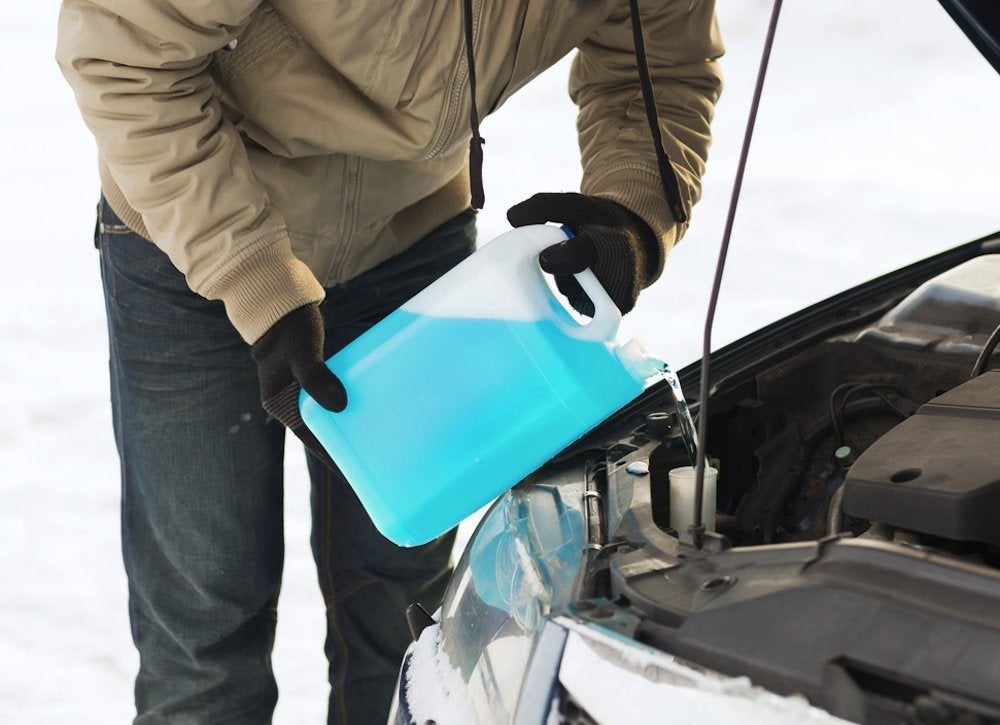
The sweet smell of antifreeze can make this toxic additive appealing to animals and kids, so always store it well out of reach. Just as important, take care when disposing of it. You can drop off used antifreeze at some safe disposal community events, or dry it out with kitty litter or newspaper and then trash it. Be sure, though, never to dump it down the drain.
Household Chemicals
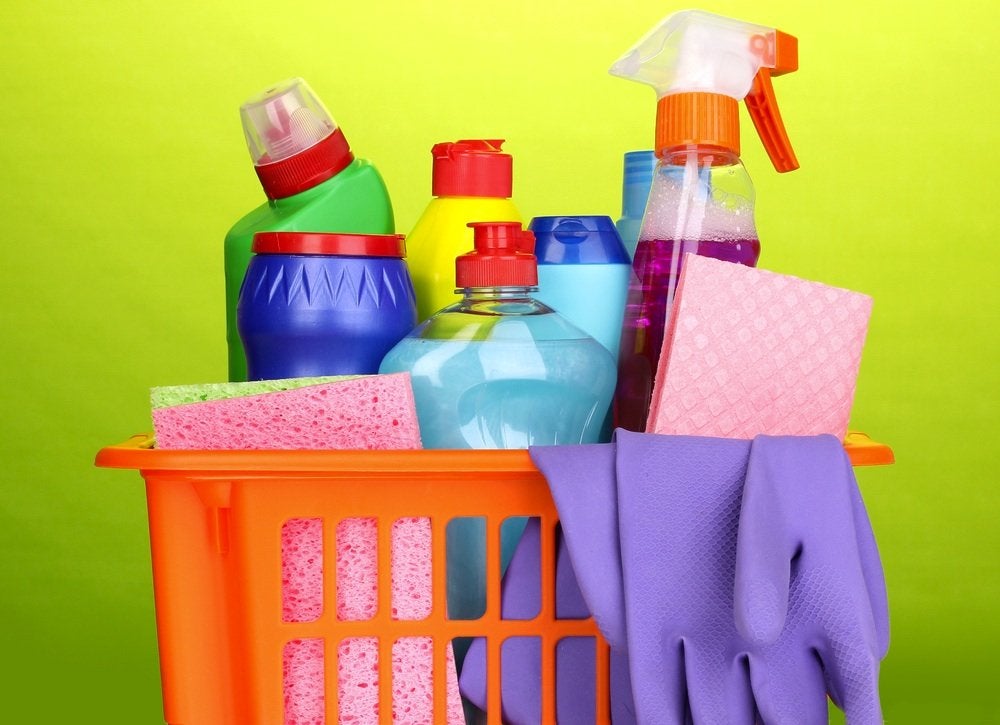
Your household cleaners may be toxic, so take care before your toss any of them out with the trash or pour them down the drain. Don’t dump drain cleaners; use them completely according to the manufacturer’s directions. Aerosols should be entirely emptied before throwing out. Bleach can be diluted and poured down the drain, but never mix it with ammonia or other acidic cleaners. Other cleaners and polishes should be used completely or allowed to dry in their container before discarding.
Related: 30 Spring Cleaning Tasks You Can Tackle With Natural Ingredients
Printer Ink Cartridges
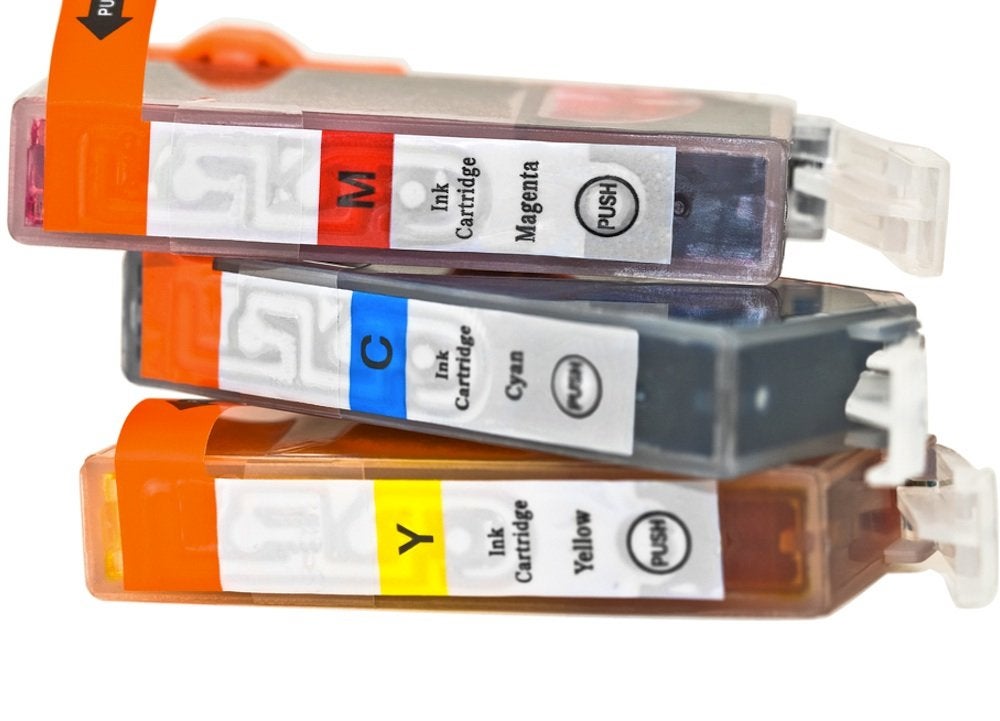
To cut down on waste, reuse ink cartridges whenever you can; many stores offer a refill service that is much cheaper than purchasing new cartridges. If that’s not an option, try recycling. Many charities—and even national retailers—will recycle ink cartridges for you.
Related: The Best Organizers to Buy for Under $5, $15, and $25
Paint Thinner
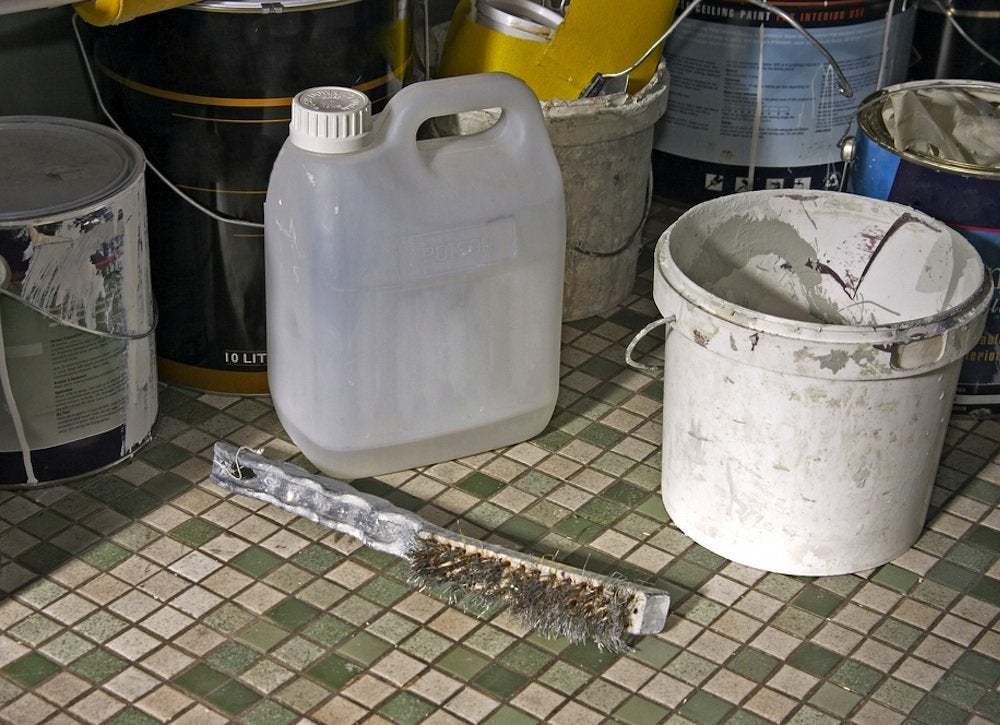
Turpentine, paint thinner, and other solvents can often be used a second time. If allowed to sit overnight, paint sludge sinks to the bottom and the clean paint thinner, which can be reused, rises to the top. When it’s time to discard them, take these solvents to a hazardous waste center; the sink or the trash can is no place for these powerful solutions.

Everything You Need for a Lush and Healthy Lawn
Keeping your grass green and your plants thriving doesn’t just take a green thumb—it starts with the right tools and supplies.

